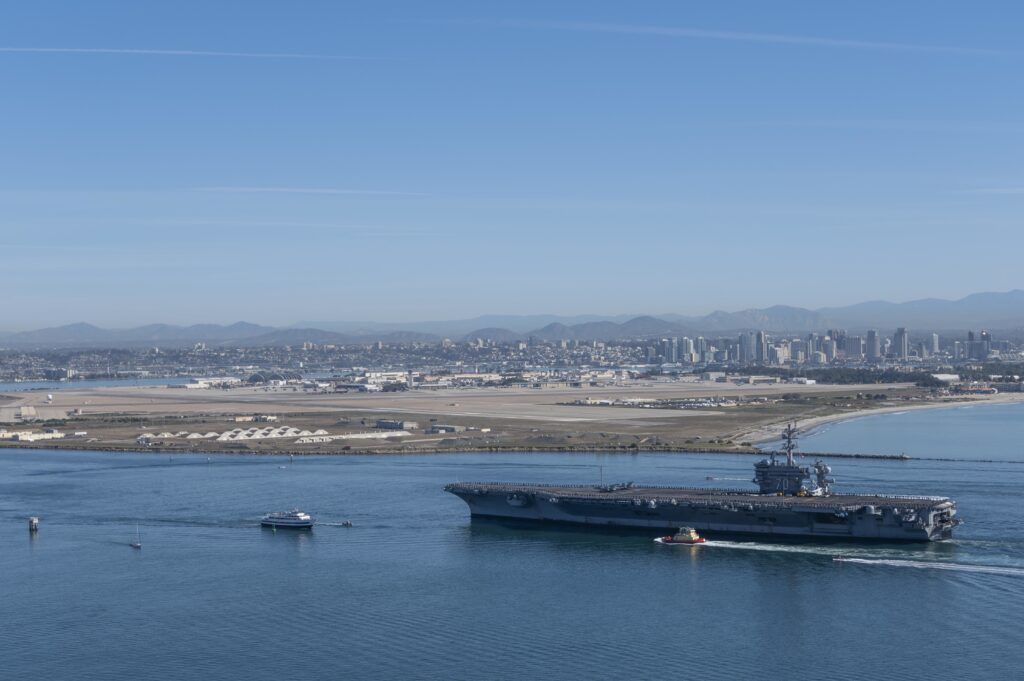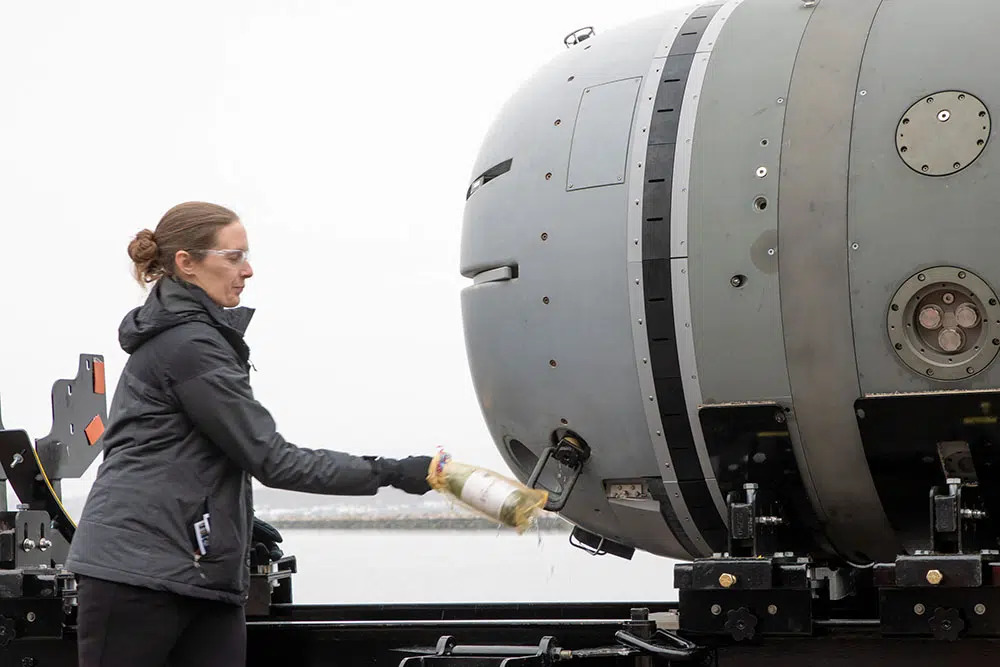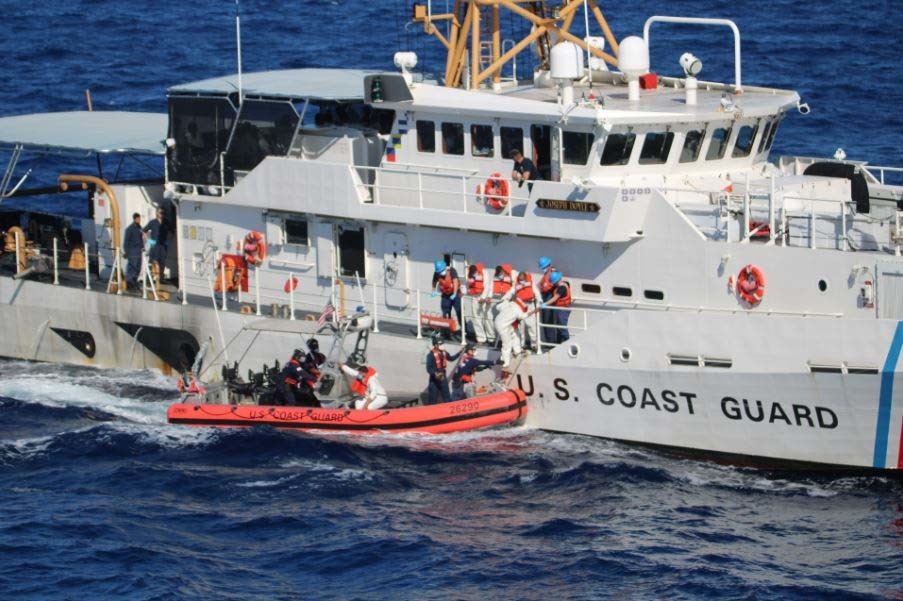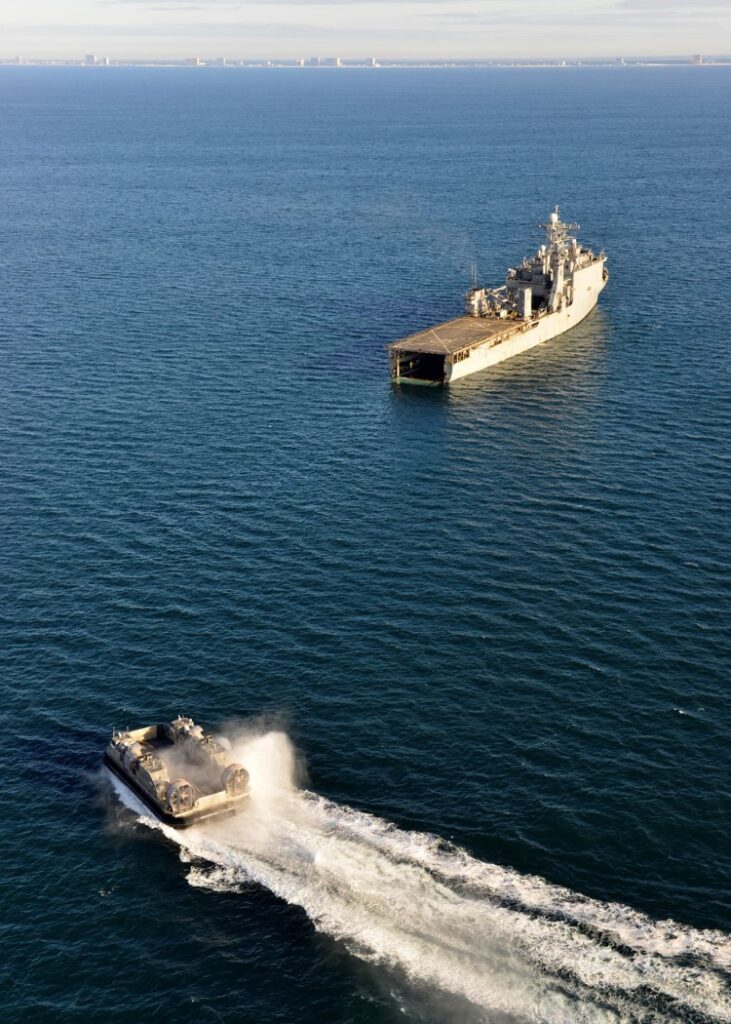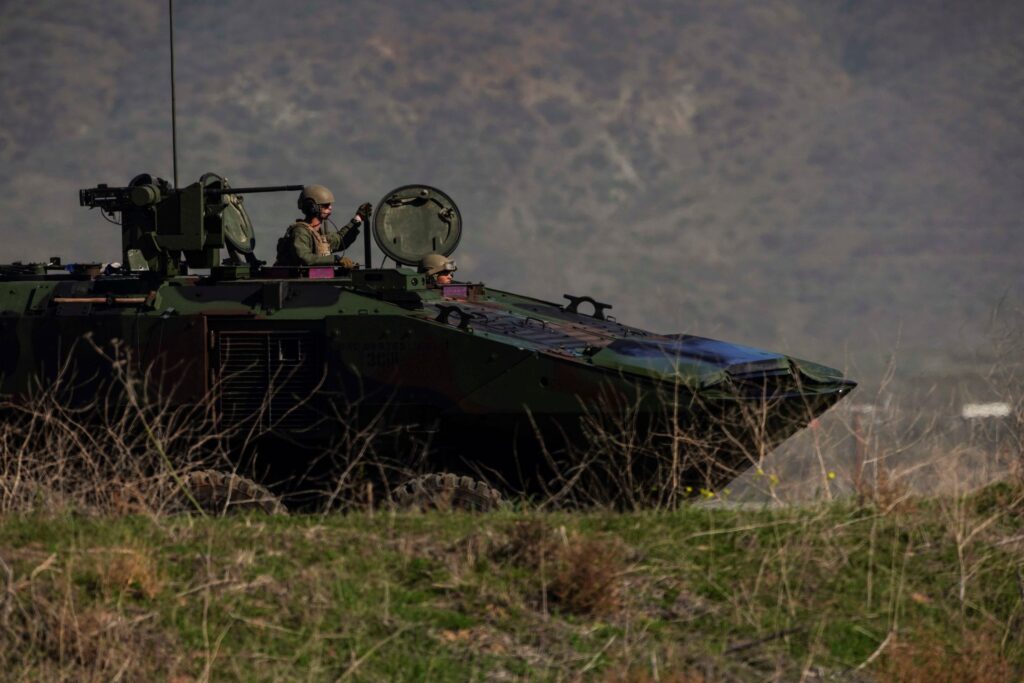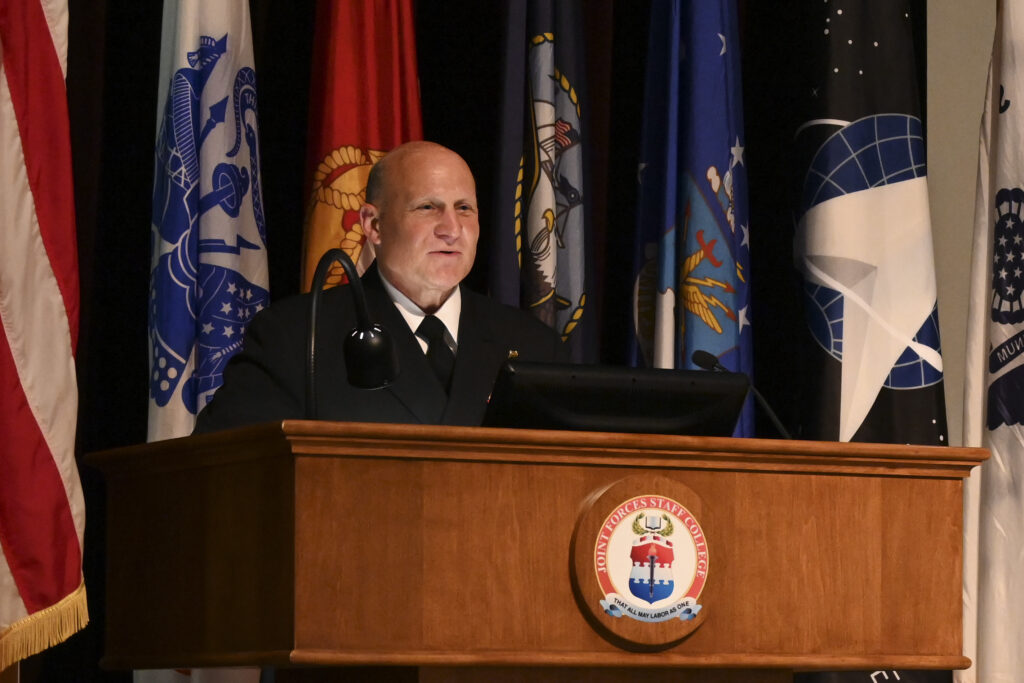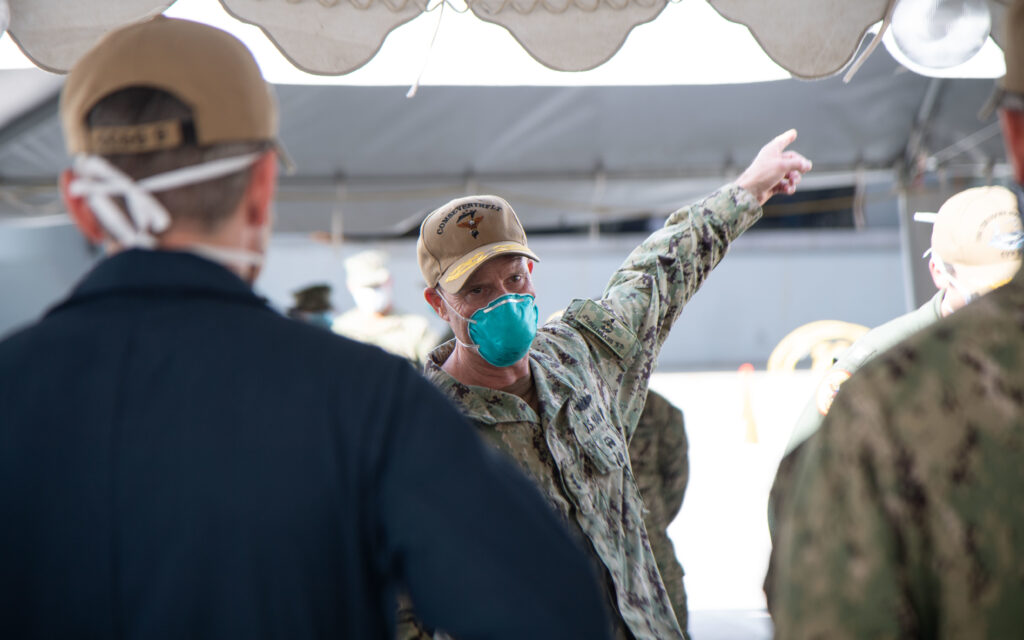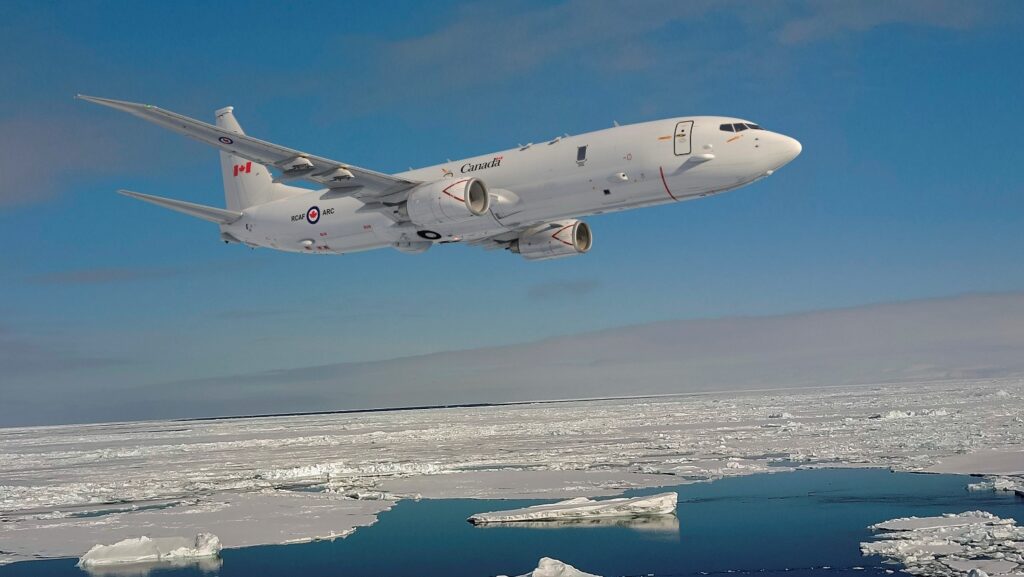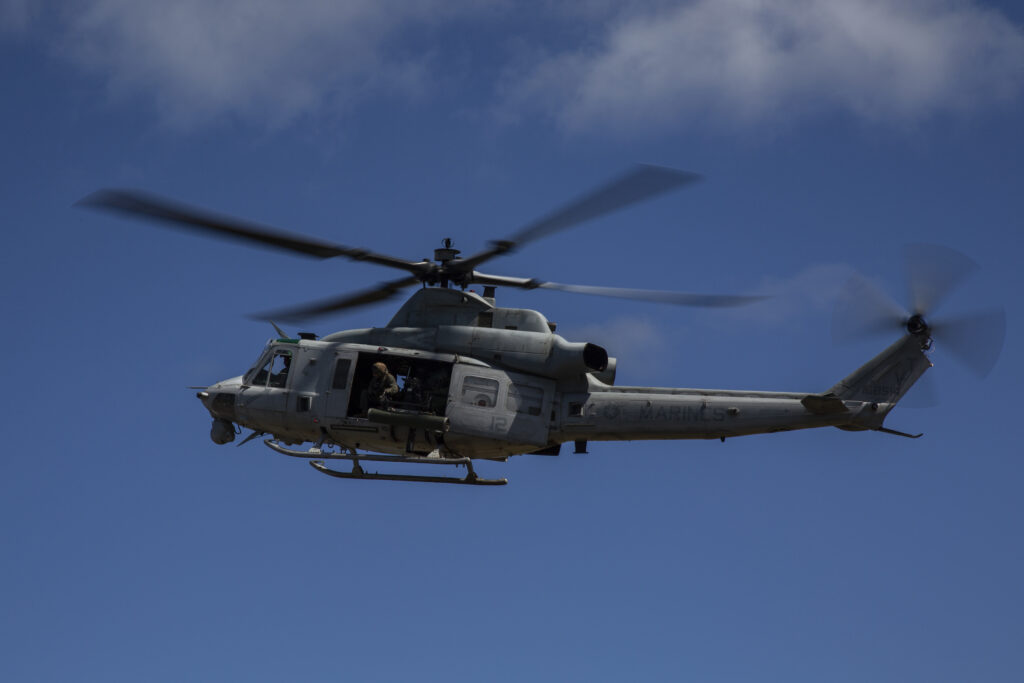U.S. Marine, British F-35Bs Flew Seamlessly with Israeli, Italian, Japanese F-35s during Queen Elizabeth Deployment
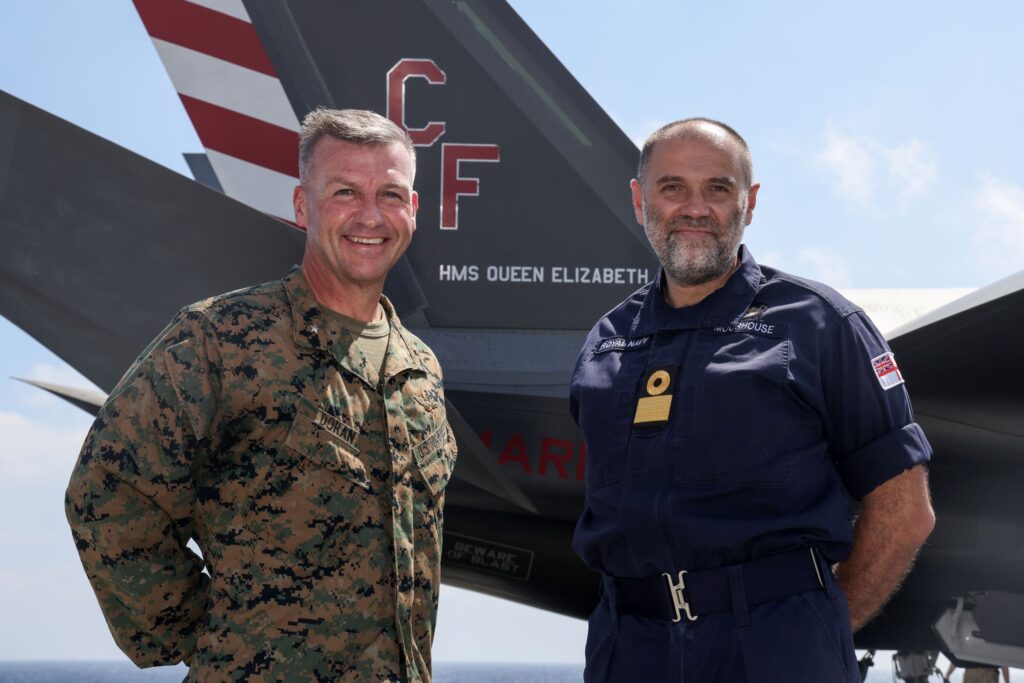
ARLINGTON, Va. — The senior U.S. officer embarked on last year’s deployment of the Royal Navy aircraft carrier HMS Queen Elizabeth, who also flew the F-35B Lightning II strike fighters from the ship, praised the F-35B and the Marine Corps and Royal Air Force pilots who flew them and the crews who maintained them during the wide-ranging deployment and operated with F-35s from three other nations: Israel, Japan and Italy.
“It’s quite interesting having come from a background in F/A-18s to now be in the F-35 and to just see the manner in which this airplane can share information not just between U.S. and U.K. jets, but we had the opportunity to fly with Italian, Israeli and Japanese F-35s,” said Brig. Gen. Simon Doran, who served as U.S. senior national representative to Carrier Strike Group 21 (CSG-21), speaking to reporters during a Feb. 15 phone conference sponsored by Headquarters Marine Corps, along with Rear Adm. Steve Moorhouse, former commander of CSG-21, now the U.K. Royal Navy’s director of force generation.
“The manner in which this airplane processes information, … I can tell you, having flown it, it really does some tremendous things in the air that provides situational awareness that can be used by decision makers to hopefully give an advantage,” Doran said. “I truly do believe that in the world of aviation right now it’s an unmatched capability that was demonstrated by us moving around the world and operating with so many different nations — our allies and our partners.”
Moorhouse said the Queen Elizabeth’s F-35Bs operated over the Black Sea in support of a Royal Navy Type 45 destroyer and a Royal Netherlands Navy frigate and conducted sorties in support of Operation Inherent Resolve in Syria and Iraq.
Doran said the deployment was “a fantastic experience for us. We got to stress the system both in the material condition of the F-35, its ability to sustain sorties that were of longer duration, and also number of sorties per day. It was really interesting to see if we could demonstrate the unmatched capability of the F-35 against some of the Russian aircraft and we were quite fortunate in that we got to intercept and escort more Russian aircraft than any other deployments, certainly since the Cold War.
“It was a really good experience for our aircrew as well a great experience for our maintainers to really stress the system while at sea and demonstrate that capability, to not just talk about something but actually do it in some strenuous conditions, while still maintaining a level of professionalism,” he said.
Doran said that VMFA-211deploed with 10 F-35Bs and flew more than 1,200 sorties and more than 2,000 flight hours during the Queen Elizabeth’s 6.5-month, May to December 2021 deployment, which ranged over 40,000 nautical miles, operated with more than 40 nations, and participated in 17 operations and named exercises. The squadron interacted with 13 of those nations.
Doran, who was born in Liverpool, England, was an F/A-18 Hornet pilot for six deployments in U.S. Navy aircraft carriers and has since learned to fly the F-35B. He was frocked to brigadier general while at sea on the Queen Elizabeth. He flew both U.S. and U.K. F-35Bs during the deployment.
“Operating from Queen Elizabeth was not difficult whatsoever,” he said. “With a ship that is purpose-built for a particular airplane and with an airplane as advanced as the F-35, most of your training in the F-35 goes into using it as a weapon system or as a system to gather and disseminate information. The actual takeoff and recovery of the airplane is thankfully quite easy. It really was a pleasure to fly to and from that ship.”
While deployed, the F-35Bs on the Queen Elizabeth also operated from the U.S Navy’s amphibious assault ships USS America and USS Essex and the Italian aircraft carrier Cavour.
Doran said planning for the deployment began more than a decade ago, even while the Queen Elizabeth was under construction. VMFA-211 worked up on the carrier in 2020 well before deployment and completed a Red Flag exercise after shortly after 617 Squadron — the U.K. F-35B unit paired with VMFA-211 for the deployment — completed the exercise.
During the deployment, Doran served as adviser to then-Commodore Moorhouse and represented the U.S. geographic combatant commanders in maintaining operational control of all U.S. units assigned to the CSG. He also was on hand to address any issues that countered U.S. policy and could negotiate with the commodore “to make sure that everything complied with the guidance and intent that I was provided by the Office of the Secretary of Defense and the chairman of the Joint Chiefs of Staff.”
“I think having the sons and daughters of the U.S. and the U.K serving side-by-side around the world, especially sharing some of the hardships of operating while a global pandemic is going on has lasting friendships that will serve both nations quite well,” he said. “It was incredibly pleasing from a both a personal and professional level to see U.S. Sailors and Marines working alongside Royal Navy Sailors and airmen side-by-side over seven months and really learning how to operate at a very high level under some adverse conditions and still have a smile on their face and execute at a very professional level.”
The general said, “the return on the investment [of the deployment] from the U.S. point of view was really good when it came down to the tactical level of warfighting and training together.”
Doran said the visit of Queen Elizabeth II to her namesake ship “really cemented in our minds the importance of this deployment from the very beginning and what is does to reinforce the special relationship between our two nations to demonstrate that on the high seas is absolutely incredible.”
